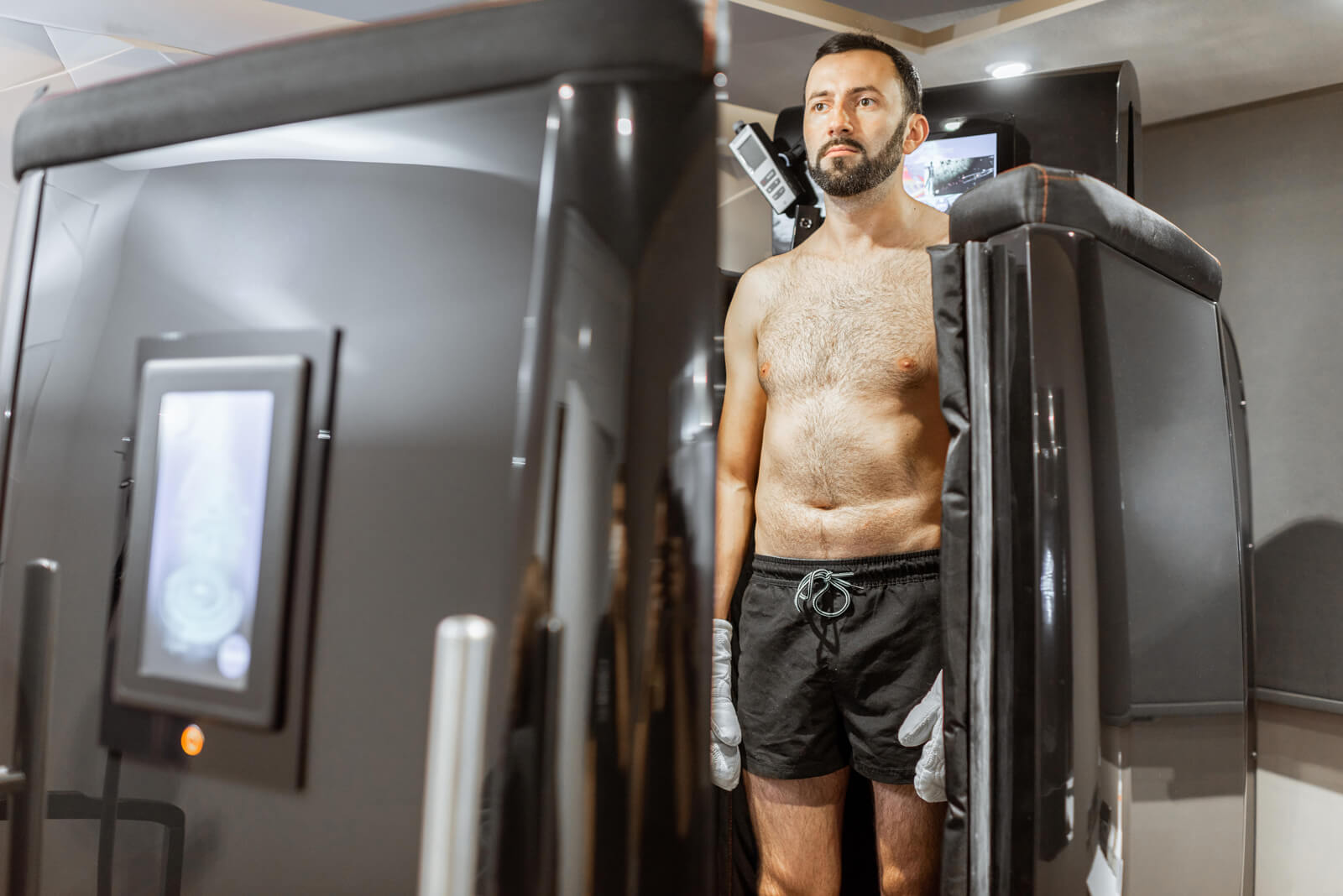Packaged and processed foods have flooded supermarkets over the last two decades. Some advertise that they’re fast and easy alternatives to complete meals, some are snacks, and some claim to promote weight loss. However, by their very nature, processed foods are the antithesis of healthy weight loss.
Here are a few of the ways that processed foods wreak havoc on your healthy diet–and what you can do about it.
Beware of Hidden Sugar
Processed foods contain lots of sugar or high fructose corn syrup. Low-fat foods are ultra culpable because they create the illusion of supporting healthy weight loss when in actuality, they’re loaded with sugar to maintain flavor and texture. Sugar calories stimulate fat storage and trick the body into thinking it’s still hungry, which is a double blow to your weight loss progress.
The Fat Keeps You Coming Back
Processed foods can be high in fat, which means they’re generally very tasty…and terrible for weight loss. You’re not alone if you crave these foods. Our prehistoric ancestors were hard-wired to search for fat so when we find it today our biological mechanisms kick in, increasing the desire to fulfill these needs. The problem is, we’re not still foraging for fats because they’re available at every grocery store, convenience store, restaurant and fast food joint, so it’s very easy to overload.
So Many Synthetics
Artificial sweeteners, preservatives, artificial coloring and fake texturants are the additives that partly define processed foods. Some of these synthetics have been linked to gut inflammation in mice, which can change metabolism. Additionally, these non-natural additives trick you into believing that you’re eating healthy when, in reality, you’re eating chemicals in addition to sugar and fat. Remember, “fruit-flavored” is never a good replacement for actual fruit.
The Bad News About Refined Carbohydrates
Many processed foods are high in refined carbohydrates (white flour, etc), which is exactly what you’re trying to avoid as you seek to lose weight. Rather than packing in the fiber and other nutrients found in whole grains, refined carbs cause your blood sugar to drop, which is not only dangerous but can induce additional hunger, leading you to eat more and inhibiting your weight loss.
What You Can Do Instead
- Eat food that looks as much like when it came out of the ground (or off the tree) as possible
- Opt for whole grains in all your breads, pastas and cereals
- Replace chemical-filled diet soda with healthy green or oolong teas
- Control your salt and fat by preparing your own foods
- Cook with healthy fats like coconut oil and extra virgin olive oil
- Refrigerate your own homemade leftovers so you can choose a healthy meal for a fast option, not a frozen processed meal
- Get educated about smarter long-term food choices by visiting a nutritionist or healthy weight loss resort
- Shop the periphery of your grocery store where the fresh meats, cheeses, and produce are stored. Avoid the boxes, bags and cans in the center aisles.
Many processed foods are packaged and marketed to look healthy, but filling up your grocery basket with these synthetic-loaded foods while trying to lose weight will quietly undermine your progress. Read nutritional content labels before you buy and whenever possible, skip processed foods altogether and prepare your own fresh, organic homemade meals instead. Your weight loss progress may ultimately depend on it.






